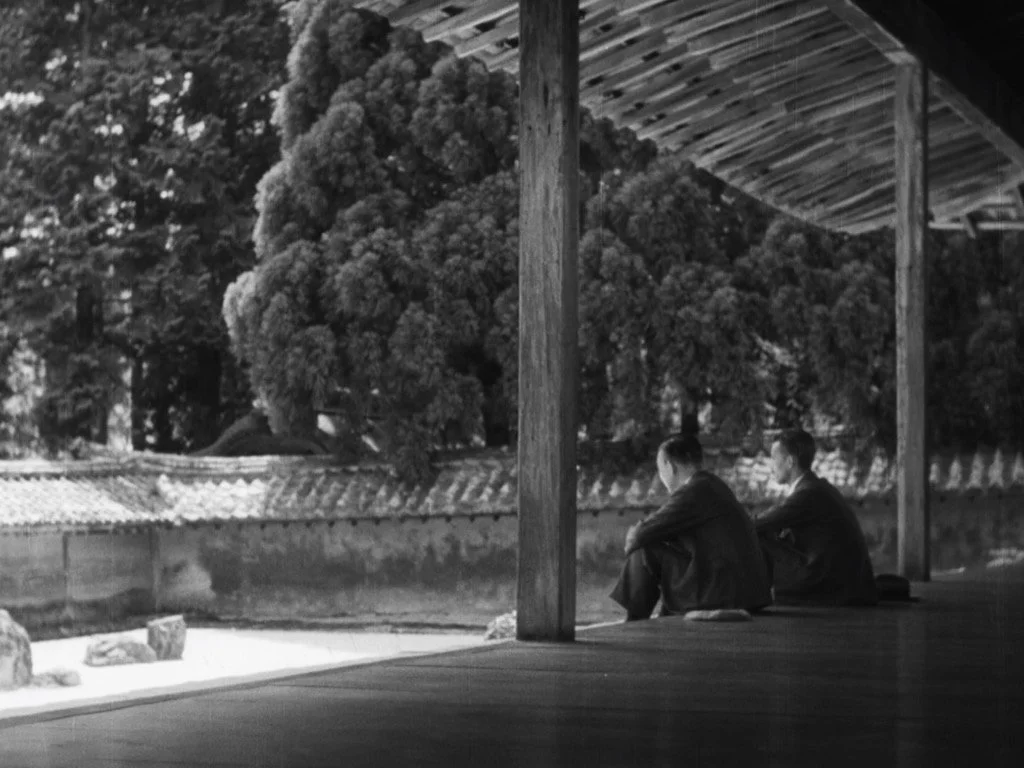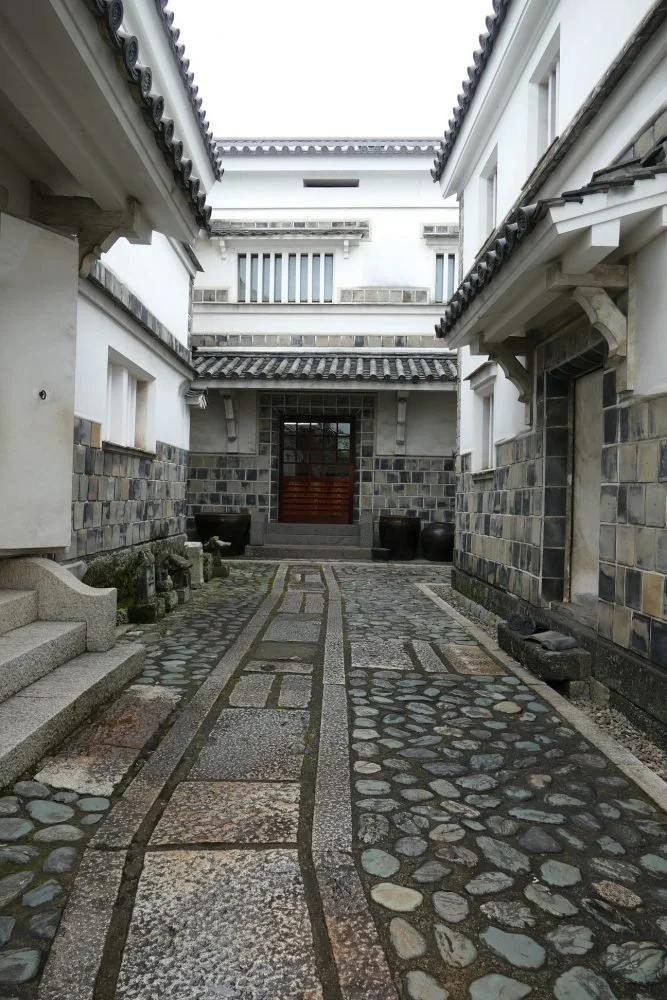The “Ah-ness” of Things
Yasujirō Ozu, Banshun (晩春, “Late Spring”), 1949
Mono no aware (物の哀れ) is yet another of those characteristic Japanese expressions that does not lend itself to easy translation. But it is an important expression in Japanese aesthetics and, more broadly, it is necessary to understand how Japanese people view human experience and their own passage through life. I would argue that viewing experience through the lens of mono no aware can add depth and richness to one’s own experience of life
Writer Mark Beré Peterson defines mono no aware this way:
Mono-no-aware says that beauty is subjective, and it’s our sensitivity to the world around us that makes it beautiful. In particular, the transience of the physical world and our awareness that beauty is impermanent makes us appreciate it more. The epitome of mono-no-aware is the sight of cherry blossom petals falling in the springtime. 1)
Peterson goes on to speak of an “awareness of impermanence (無常, mujō) or transience of things, and both a transient gentle sadness (or wistfulness) at their passing.” 2) A sense of impermanence is clearly Buddhistic, but hardly unique to Buddhism. Some sects of Buddhism speak of a happy afterlife, a kind of paradise, but the main point about being aware of impermanence is to come to peaceful terms with suffering in this life, not the next. Christianity, on the other hand, offers the promise of a heavenly afterlife, all sins forgiven, an end to suffering on earth. Requiescat in pace: “may he/she rest in peace.”
This sense of gentle sadness at the passing of…things…is hard to pin down: life is full of sadness, but what kinds of things are we talking about? Certainly it’s not the death of a loved one: that’s grief writ large, the crushing impact of mortality and loss. No, it’s the echo of loss evoked by that piece of pottery or other object that was treasured by the loved one who is no longer present in life. Some commentators have defined mono no aware as “the ah-ness of things,” the sigh we exhale when joy and laughter seem distant in another place and time.
* * * * *
September 2000. Nina is 5 years old, and for most of those years since her birth, my work has allowed me to be the stay-at-home parent. For the most part, I was the one taking her to daycare and preschool, to doctor’s appointments. I was the one taking her to the barber to get the bowl-cut haircuts that made people assume my lovely daughter was a boy. And on a morning in early September 2000, I was the one to walk Nina to the bus stop for her first school bus ride to kindergarten.
The scene is complete: the late-summer leafy streets of Highland Park, N.J., Nina’s colorful backpack, her excitement about riding the big bus for the first time…and my anxiety about letting go of my darling girl. The bus arrives, she climbs the high steps, takes her seat by a window, and looks out at me. The last child boards, the door closes, and the bus slowly moves forward. To my last day, I will remember the heavy feeling in my heart as the bus windows passed: I thought of the frames of a motion picture, each window representing a frame of film carrying Nina further and further away from me. The film started much slower than 24 frames per second: click – click – click. But in moments it accelerates, Nina’s face is a blur, and then she is gone. This is the start of her growing up, I thought, and of her leaving me.
Of course, this moment was right and fully in the normal course of things. Nina could not remain five years old forever; it would have been tragic had she done so. It is the awareness of impermanence, especially of that intangible thing to which I held onto most dearly – my daughter’s childhood - that is mono no aware. It’s how the great film director Yasujirō Ozu underscores wistfulness or sadness using his unique language of cinema: filming low as if the viewer is seated on the floor (a technique widely employed by Ozu through his cameraman Yuharu Atsuta), perhaps peering through a corridor and a doorway, a character leaves the frame. The camera, nevertheless, lingers for a few beats on the empty space created by the character’s departure. The viewer’s attention is focused on the vacancy created by the departed person, on the vibration of presence now replaced by absence. Ozu’s greatest films are stories of families torn by forces far greater than any individual: war, modernization, displacement, conflicting loyalties. But I think his greatest contribution is how his films which, being films, are flickering monochromatic shadow-plays reminding us forcefully yet without sentimentality of “the impermanence of things”: of mono no aware.
* * * * *
Some readers of this blog have commented on its undertow of sadness, maybe an elegiac mood. That’s OK; it’s what I often feel. One of the things that attracted me to Japan and that has absorbed my interest for many years is the non-verbal manifestation of the transience of things. And of the transience of things, of course it is the transience of human life, the transience and impermanence of us, that most forcefully demands our attention. Everything lives, matures, flourishes, and ultimately dies.
I often recall a visit to the Kurashiki Museum of Folkcraft in Okayama Prefecture. We were walking through the galleries, taking in the exhibits, when we encountered a thin, elderly gentleman who was wearing an old-style indigo-dyed kimono and hakama (trousers). We did not know that we were in the presence of the great Kichinosuke Tonomura, a leading exponent of the mingei (民藝, folkcraft) movement that had begun in prewar Japan and the director of the museum we were visiting. (Mingei honors and celebrates the work of ordinary artisans and the production of objects that, while utilitarian, are also beautiful.)
Tonomura, who spoke the courtly, precise but quaintly imperfect English of a Japanese man who had been educated in prewar Japan, asked what we thought of his museum. We said complimentary things about it. I asked him what he did, if he himself was an artist. He said, simply:
“I spin and dye.”
What else is there to say about the human experience? Isn’t that life itself? We spin…and we die.
Kurashiki Museum of Folkcraft (倉敷民藝館), Kurashiki, Okayama


